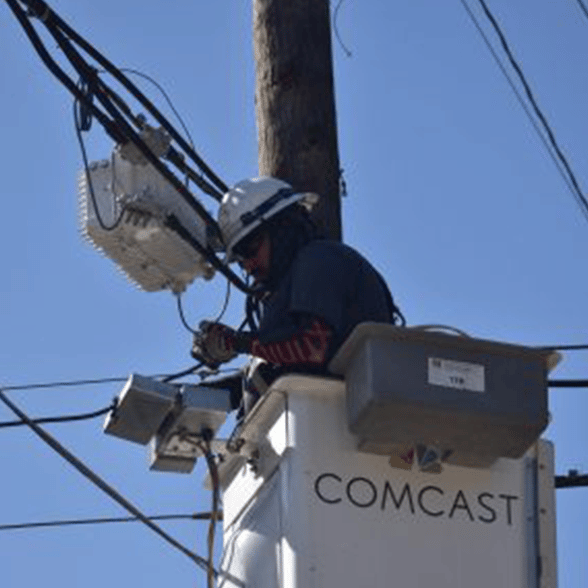 Although different cable companies have dabbled with different approaches toward delivering TV Everywhere, they have continued to operate as a united group in one important respect. They have continued to push for common standards through CableLabs, which continues to play an important research and development role for the cable MSOs.
Although different cable companies have dabbled with different approaches toward delivering TV Everywhere, they have continued to operate as a united group in one important respect. They have continued to push for common standards through CableLabs, which continues to play an important research and development role for the cable MSOs.
A potentially important development came from CableLabs last week when the organization released new specifications called Online Content Access (OLCA) aimed at enabling MSOs and content owners to control content delivery to devices such as personal computers and mobile devices.
The crafters of the specifications apparently realized that different MSOs might want to use different approaches in implementing OLCA and, accordingly, the spec describes three different implementation scenarios. Two different scenarios enable authorized users to gain content access through a portal operated by the content owner or the MSO. In a third option, an MSO provides an authentication portal but the content owner makes the decision about whether to allow the end user to access content.
Some industry thought leaders have suggested that the TV Everywhere concept will not reach its full potential unless there is a common way for people to use it. And although Apple has been an early TV Everywhere pacesetter, OLCA could be just what the cable operators need to gain some critical mass of their own in this market.
Bellcore used to play a similar role to that of CableLabs for the telcos. But today the two remaining Bell companies (two and a half if you count Qwest, which is about to be acquired by CenturyLink) have each gone their own way on the technology development front—and TV Everywhere is no exception. If OLCA begins to gain traction, I wouldn’t rule out the possibility of the Bells wanting to jump on the OLCA bandwagon—if the cable companies will allow them to do so.
The telcos haven’t shown much interest in CableLabs in the past because many CableLabs specifications relate specifically to HFC networks and the telcos have not used that architecture. But the OLCA specifications appear to be platform-independent.
The cable companies are widely believed to have better relationships with content providers than the telcos as a result of their longer shared history—and CableLabs appears to have taken the content providers’ needs into account in developing the OLCA specification. If OLCA truly meets the content providers’ requirements, it could vastly expand the amount and types of content that are made available to TV Everywhere applications, as well as expanding when and where that content is available. And if it succeeds in achieving that goal, there would be no reason for telcos to re-invent an equivalent solution.


